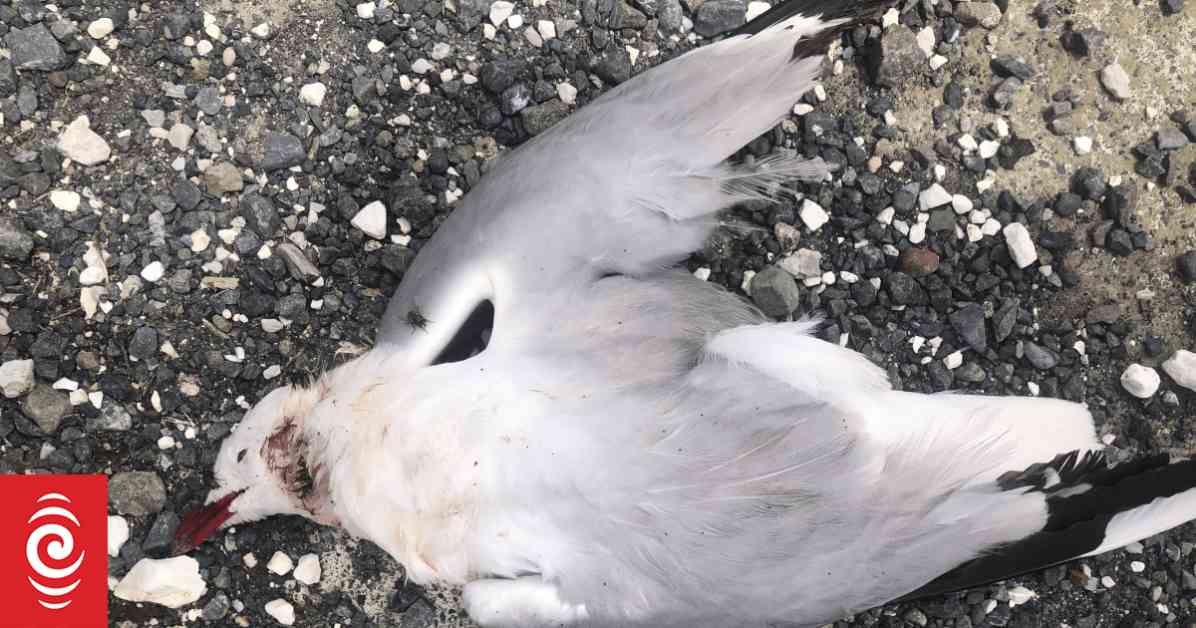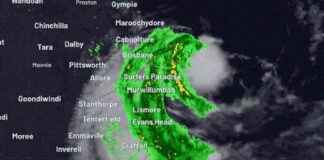Stray cats have become a dire threat to the red-billed gulls nesting on the Kaikōura Peninsula, with reports of up to 10 birds being killed each night near their nesting sites. The Kaikōura Wildlife Centre Trust has raised concerns about the increasing number of bird deaths, particularly among the tarāpunga and other species in the area. Sabrina Luecht, a wildlife rehabilitator with Project Wellbird, shed light on the issue, estimating that hundreds of stray cats roam the hillside on the peninsula, venturing into the urban areas at night to prey on vulnerable seabirds.
Luecht emphasized the impact of the cats’ predation on the already weakened seabird population, stating that the birds are already in poor condition with limited food resources, making them easy targets for the hungry felines. She highlighted specific locations on the Kaikōura Peninsula, such as Kaikōura Wharf and Avoca Street, where the majority of bird deaths occur due to the presence of stray cats. The cats, driven by hunger, are forced to kill more birds to meet their nutritional needs, exacerbating the already critical situation for the seabirds.
In light of this pressing issue, Luecht called for a national policy that mandates cat registration and de-sexing of pet cats to address the growing population of strays in the area. She emphasized the need for collaboration between welfare organizations, Department of Conservation (DOC), and predator control entities to effectively manage the stray cat population and mitigate their impact on the local wildlife. Without a comprehensive approach to cat management, Luecht warned that the problem would persist, especially in smaller communities like Kaikōura.
Challenges of Stray Cat Predation
The issue of stray cat predation on vulnerable bird species is not unique to Kaikōura but is a widespread concern in many coastal areas. The unchecked proliferation of stray cats poses a significant threat to the delicate balance of local ecosystems, particularly to seabird populations already under stress from environmental challenges. As Sabrina Luecht highlighted, the cats’ predatory behavior is driven by necessity, as they seek food sources in urban areas due to limited resources in their natural habitat.
Expert insights suggest that the lack of a cohesive national policy on cat management leaves a critical gap in addressing the issue effectively. By implementing measures such as cat registration and de-sexing requirements, communities can take proactive steps to control the stray cat population and reduce their impact on local wildlife. Collaboration between government agencies, conservation organizations, and community groups is essential to develop sustainable solutions that prioritize both animal welfare and biodiversity conservation.
Call for National Cat Legislation
The urgent need for national cat legislation to regulate stray and pet cat populations is crucial to safeguarding vulnerable bird species and preserving the ecological balance in coastal regions. Sabrina Luecht’s advocacy for a comprehensive approach to cat management underscores the importance of proactive measures in addressing the root causes of wildlife predation by stray cats. By instating clear guidelines for cat ownership, communities can work towards creating a more sustainable environment for both animals and humans alike.
In conclusion, the issue of stray cat predation on threatened gull species in Kaikōura serves as a poignant reminder of the interconnectedness of wildlife conservation and responsible pet ownership. As communities grapple with the challenges posed by urbanization and habitat loss, proactive measures such as cat registration and de-sexing can play a pivotal role in mitigating the impact of stray cats on vulnerable bird populations. By embracing a collaborative and holistic approach to cat management, we can strive towards creating a harmonious coexistence between humans, animals, and the natural world.

















